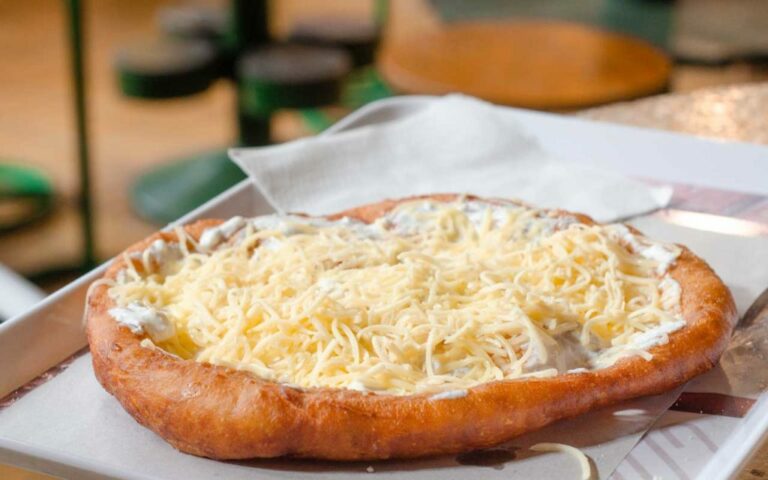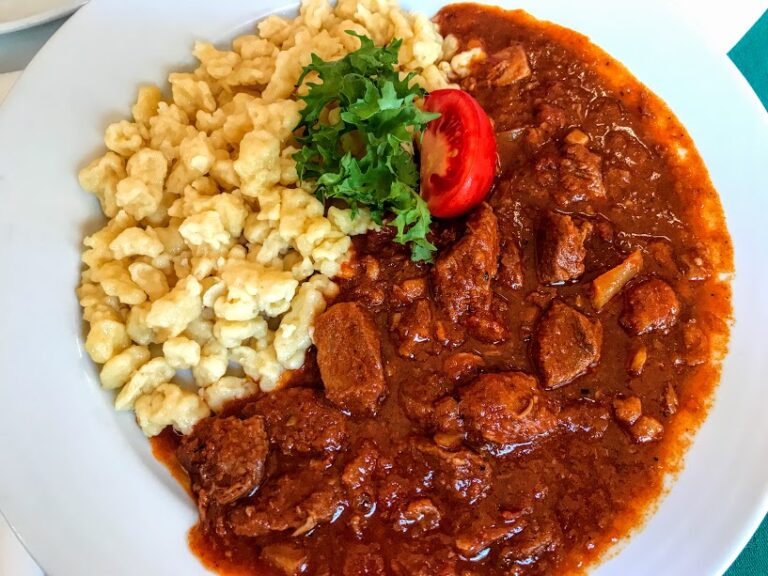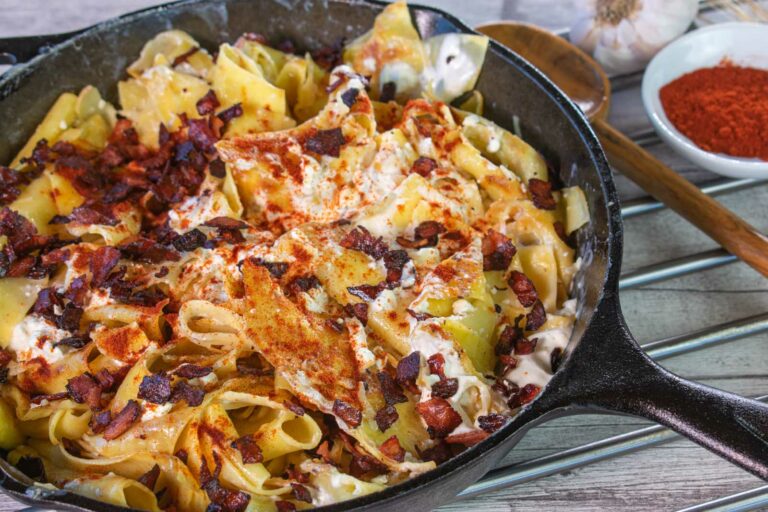Introduction: Street Food Culture in Hungary
Hungary has a rich culinary tradition, and its street food culture reflects this diversity. From savory langos to sweet chimney cake, the streets of Hungary are brimming with unique flavors and aromas. Hungarian street food is known for its simple yet bold flavors and generous portions, making it a popular choice among locals and tourists.
Budapest’s Best Street Food Markets
Budapest is the hub of street food culture in Hungary, and it boasts some of the best street food markets in the country. Karavan, located in the Jewish Quarter, is a popular destination for foodies looking for a quick bite. The market offers an array of Hungarian specialties, including goulash, sausage, and chimney cake. Another must-visit market is the Great Market Hall, which features a variety of food stalls selling local produce, meats, and baked goods.
The Delicious Food Festivals You Can’t Miss
Hungary is also home to several food festivals that showcase the country’s culinary heritage. One such festival is the Budapest International Wine Festival, which brings together winemakers and food vendors from all over Hungary. The festival features wine tastings and food pairings, making it a perfect place to sample Hungary’s finest wines and cuisine. Other food festivals worth checking out include the Budapest Street Food Show and the Sausage and Bacon Festival.
Regional Specialties on the Streets of Hungary
Every region in Hungary has its own unique cuisine, and street food vendors often specialize in regional specialties. In Szeged, for example, a popular street food dish is spicy fish soup, while in Debrecen, it’s grilled sausage served with mustard and bread. Other regional specialties include chimney cake, langos, and strudel.
Street Food Safety and Hygiene Standards
Hungarian street food vendors are required to meet strict safety and hygiene standards to ensure the quality of their food. The National Food Chain Safety Office oversees food safety regulations, and vendors are required to undergo regular inspections. Additionally, vendors are required to display their food safety certificates, so customers can easily identify reputable vendors.
Conclusion: Exploring Street Food in Hungary
Hungarian street food culture is a vibrant and exciting part of the country’s culinary heritage. From Budapest’s bustling street food markets to regional specialties found throughout the country, there’s something for everyone to enjoy. With strict safety and hygiene standards in place, visitors can explore and indulge in Hungary’s street food scene with confidence.




